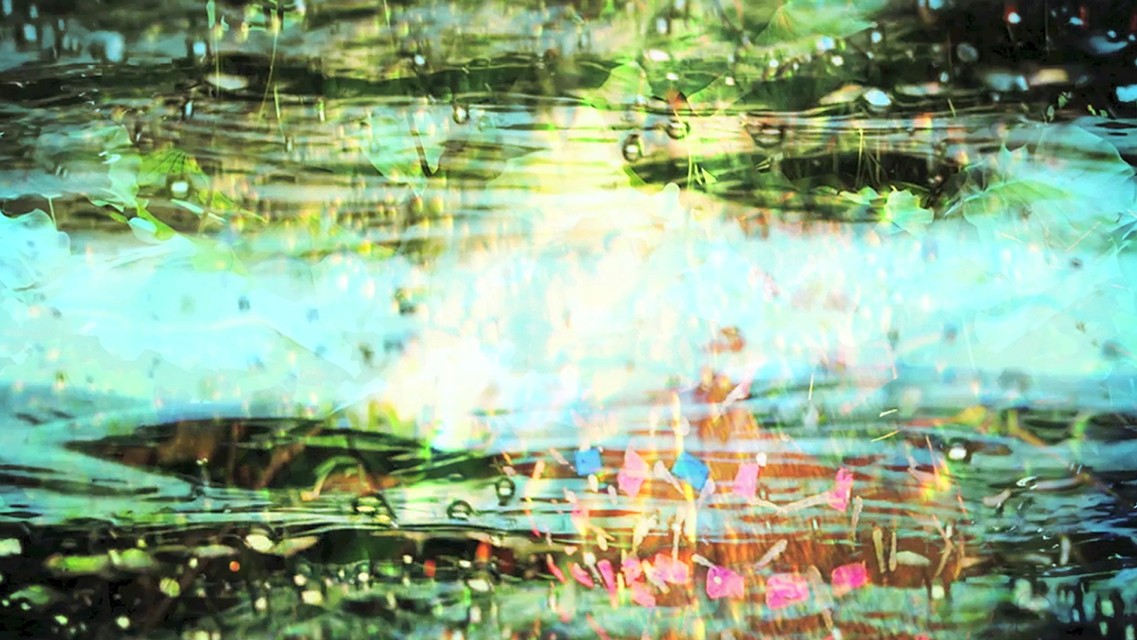Relational Undercurrents: Contemporary Art of the Caribbean Archipelago
Relational Undercurrents is the first major survey of twenty-first century art of the Caribbean. It employs the archipelago as an analytical framework, focusing on locating thematic continuities in the art of the Caribbean islands, placing Hispanophone artists in visual conversation with those from Anglophone, Francophone, Dutch, and Danish backgrounds.
Relational Undercurrents works against traditional understandings of the Caribbean as discontinuous, isolated, and beyond comprehension as a result of heterogeneous populations, multiple linguistic traditions, and diverse colonial histories. Instead, Relational Undercurrents is divided into four sections: Conceptual Mappings, Perpetual Horizons, Landscape Ecologies and Representational Acts. Each grouping features artists whose works have informed and shaped those themes. Relational Undercurrents includes painting, installation art, sculpture, photography, video, and performance.
INSTALLATION VIEWS
Image Carousel with 8 slides
A carousel is a rotating set of images. Use the previous and next buttons to change the displayed slide
-
Slide 1: Copyright for artworks visible in this image are held by the artists; the Wallach Art Gallery reserves copyright for the installation view.
-
Slide 2: Copyright for artworks visible in this image are held by the artists; the Wallach Art Gallery reserves copyright for the installation view.
-
Slide 3: Copyright for artworks visible in this image are held by the artists; the Wallach Art Gallery reserves copyright for the installation view.
-
Slide 4: Copyright for artworks visible in this image are held by the artists; the Wallach Art Gallery reserves copyright for the installation view.
-
Slide 5: Copyright for artworks visible in this image are held by the artists; the Wallach Art Gallery reserves copyright for the installation view.
-
Slide 6: Copyright for artworks visible in this image are held by the artists; the Wallach Art Gallery reserves copyright for the installation view.
-
Slide 7: Copyright for artworks visible in this image are held by the artists; the Wallach Art Gallery reserves copyright for the installation view.
-
Slide 8: Copyright for artworks visible in this image are held by the artists; the Wallach Art Gallery reserves copyright for the installation view.
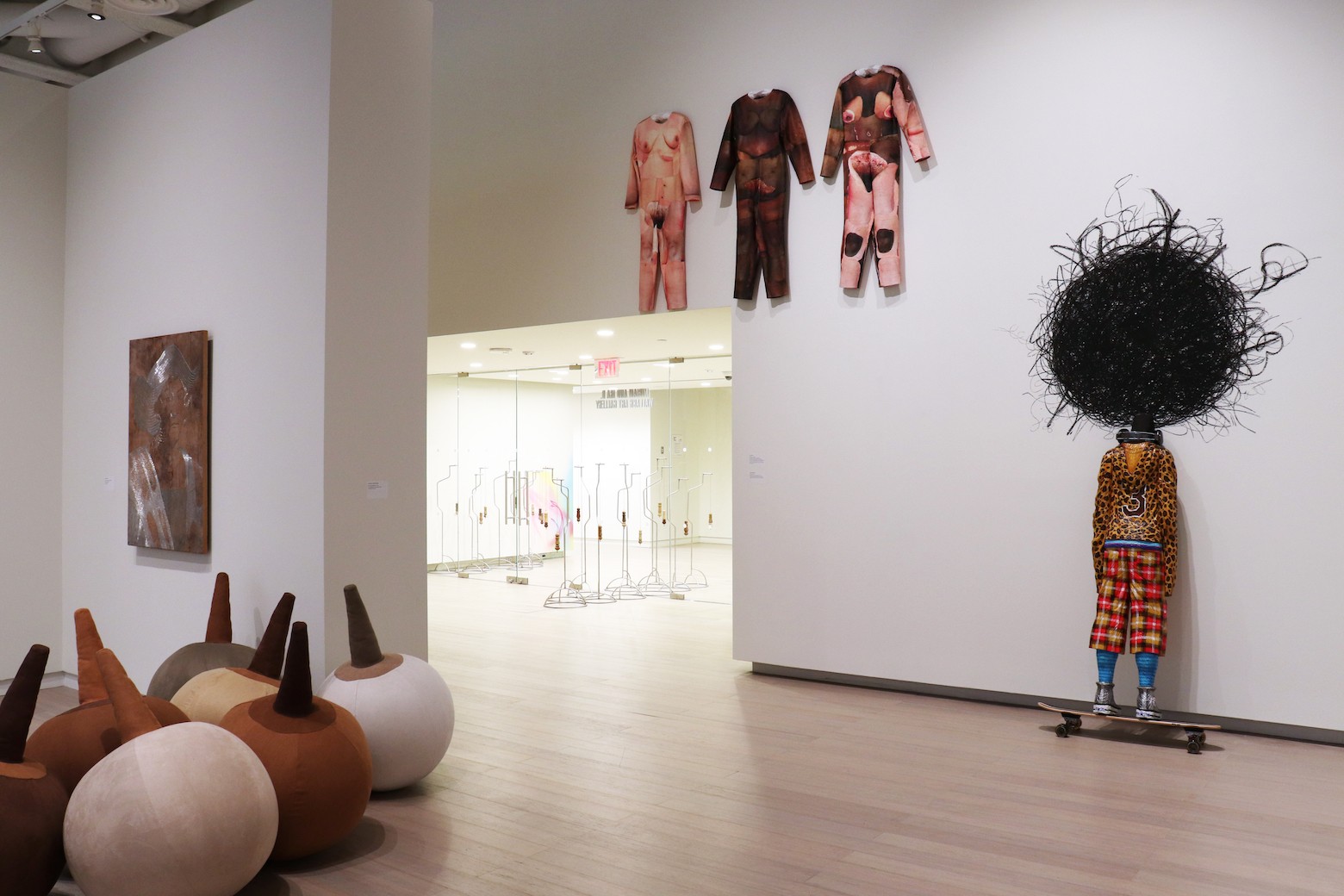
Copyright for artworks visible in this image are held by the artists; the Wallach Art Gallery reserves copyright for the installation view.
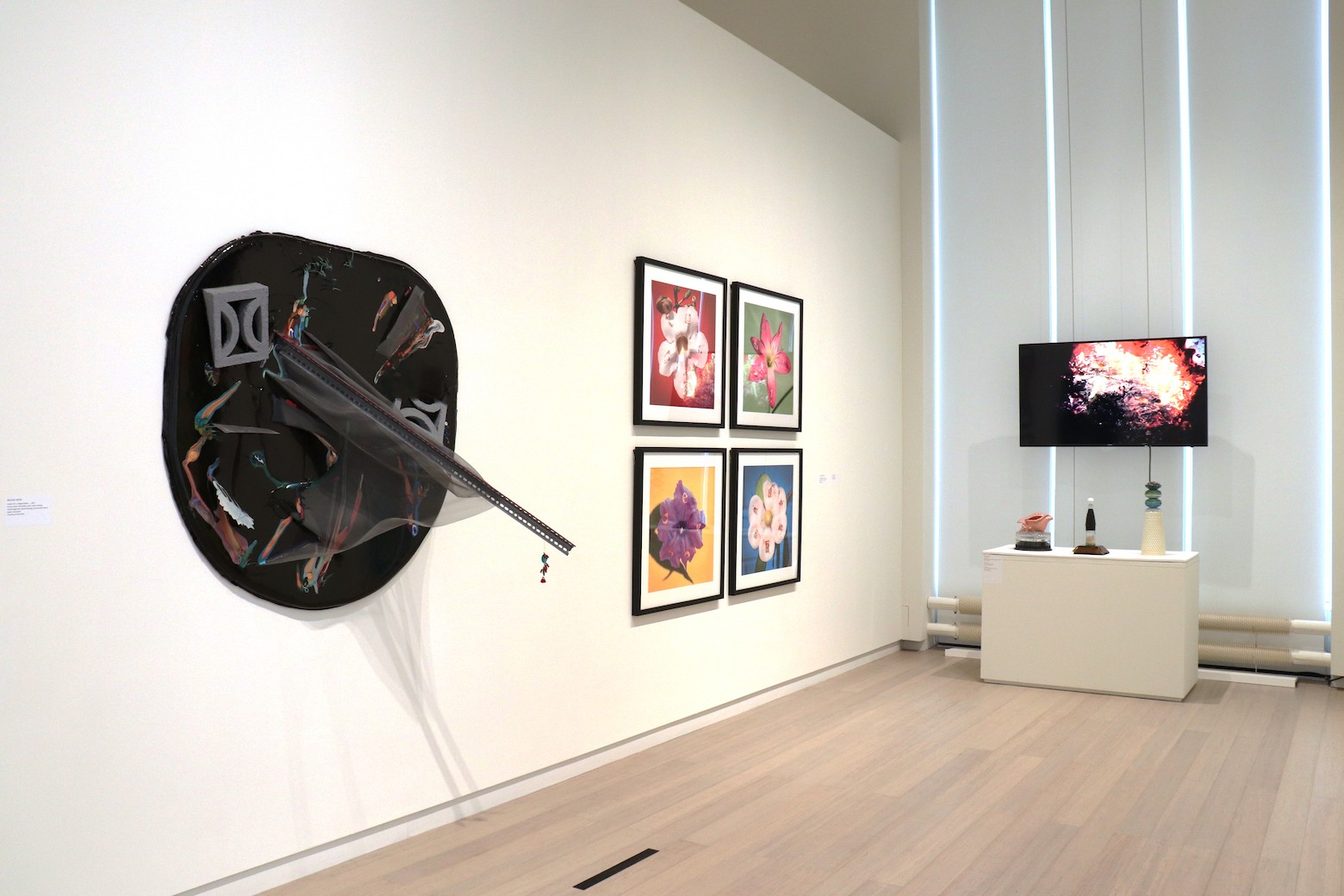
Copyright for artworks visible in this image are held by the artists; the Wallach Art Gallery reserves copyright for the installation view.
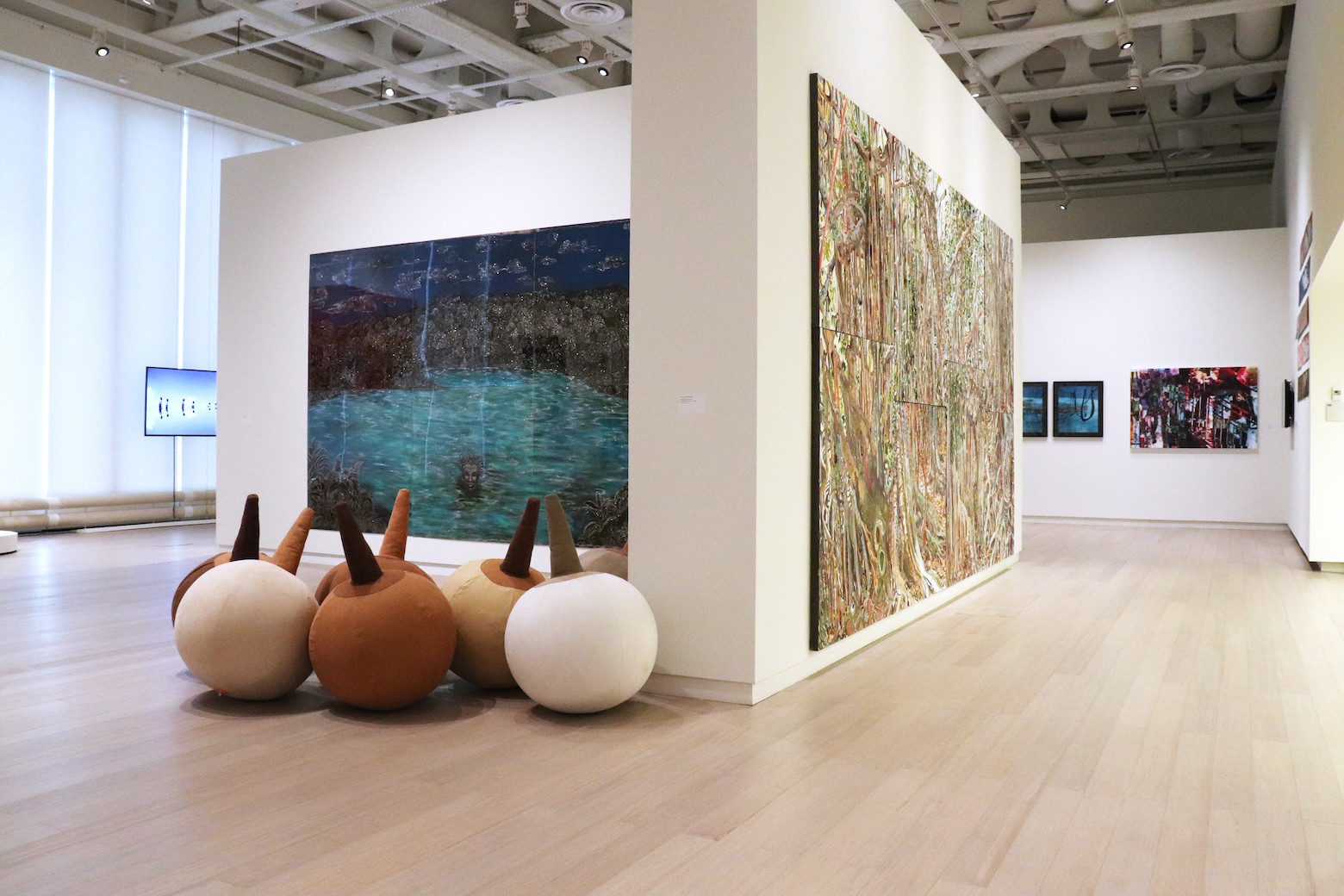
Copyright for artworks visible in this image are held by the artists; the Wallach Art Gallery reserves copyright for the installation view.
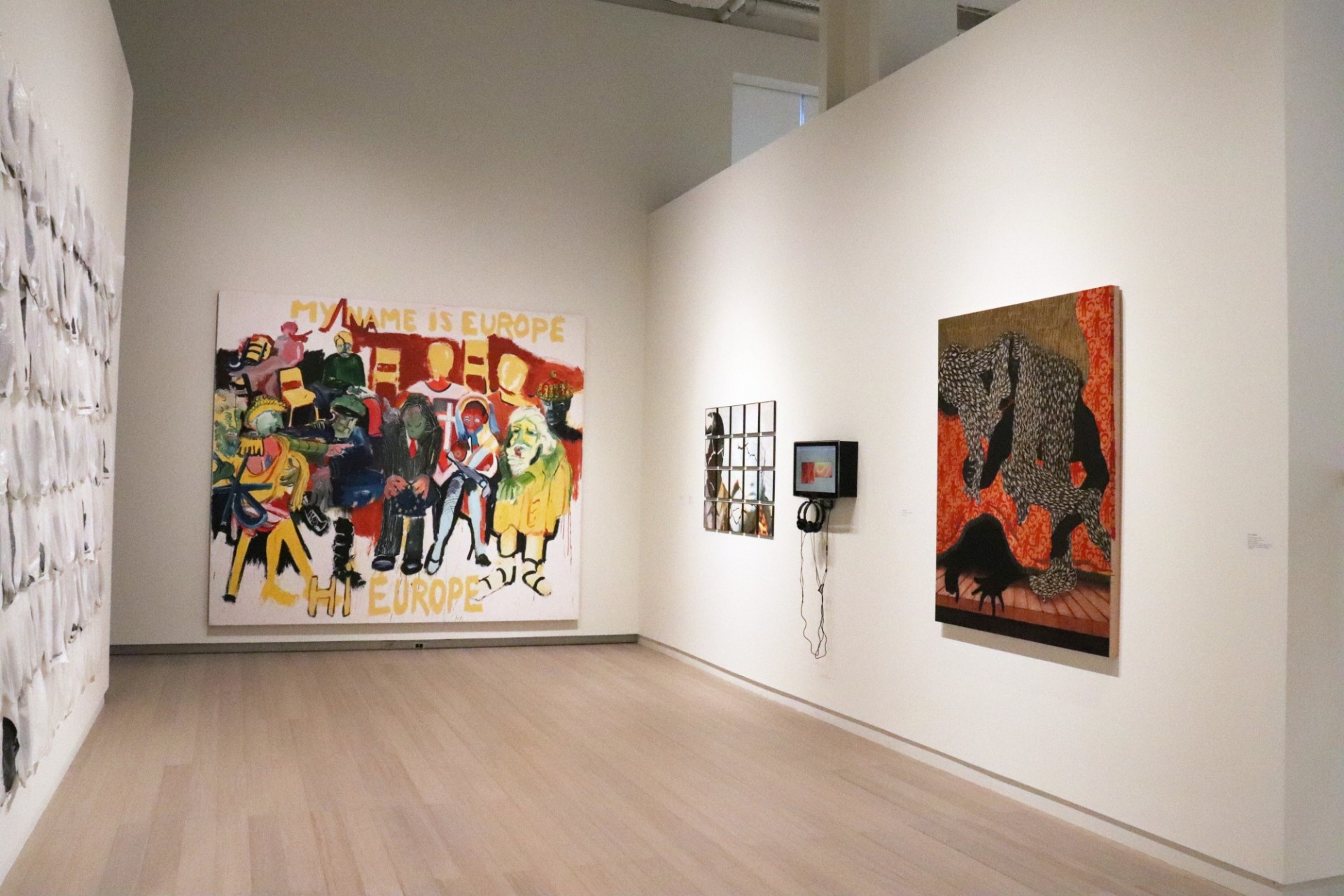
Copyright for artworks visible in this image are held by the artists; the Wallach Art Gallery reserves copyright for the installation view.
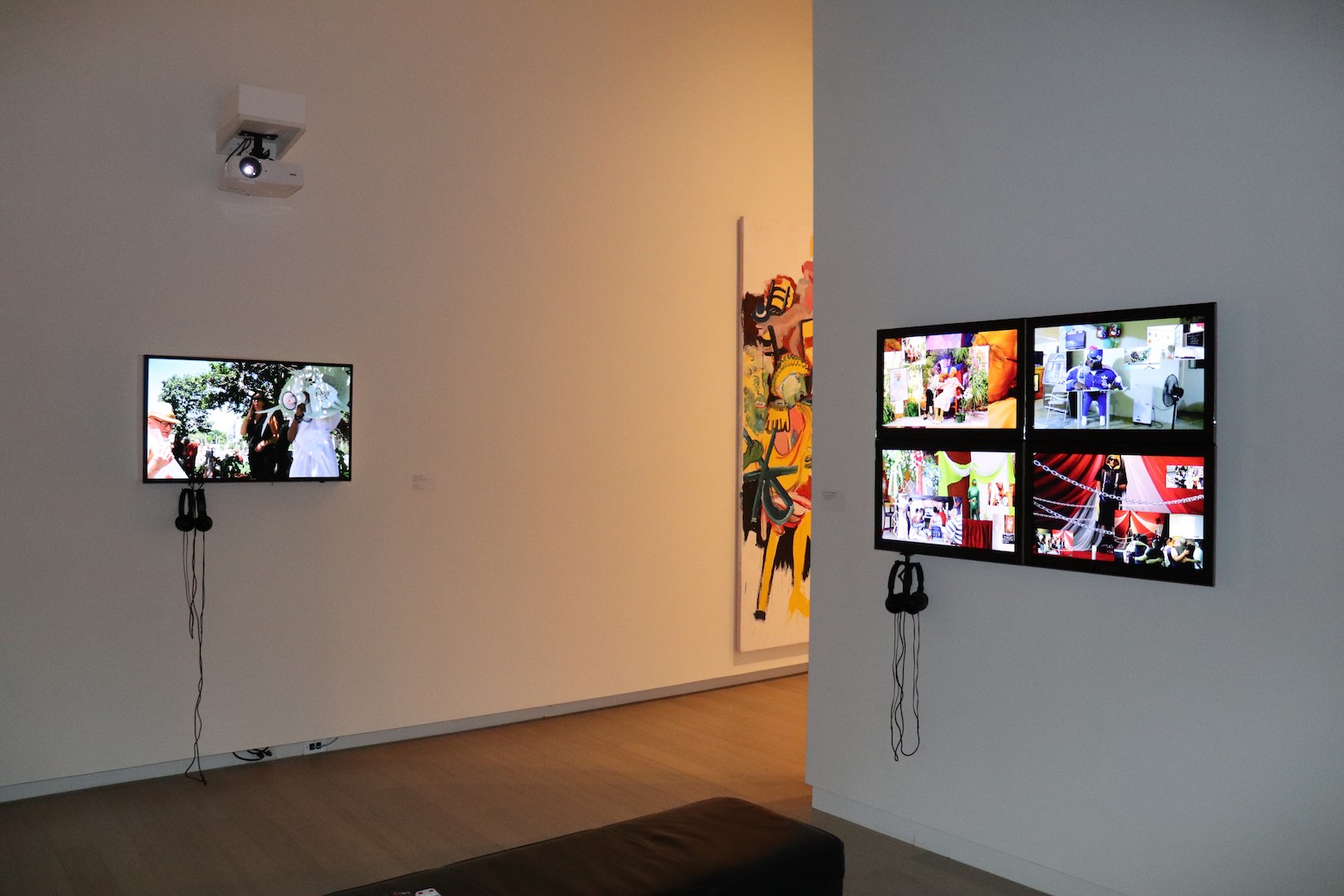
Copyright for artworks visible in this image are held by the artists; the Wallach Art Gallery reserves copyright for the installation view.
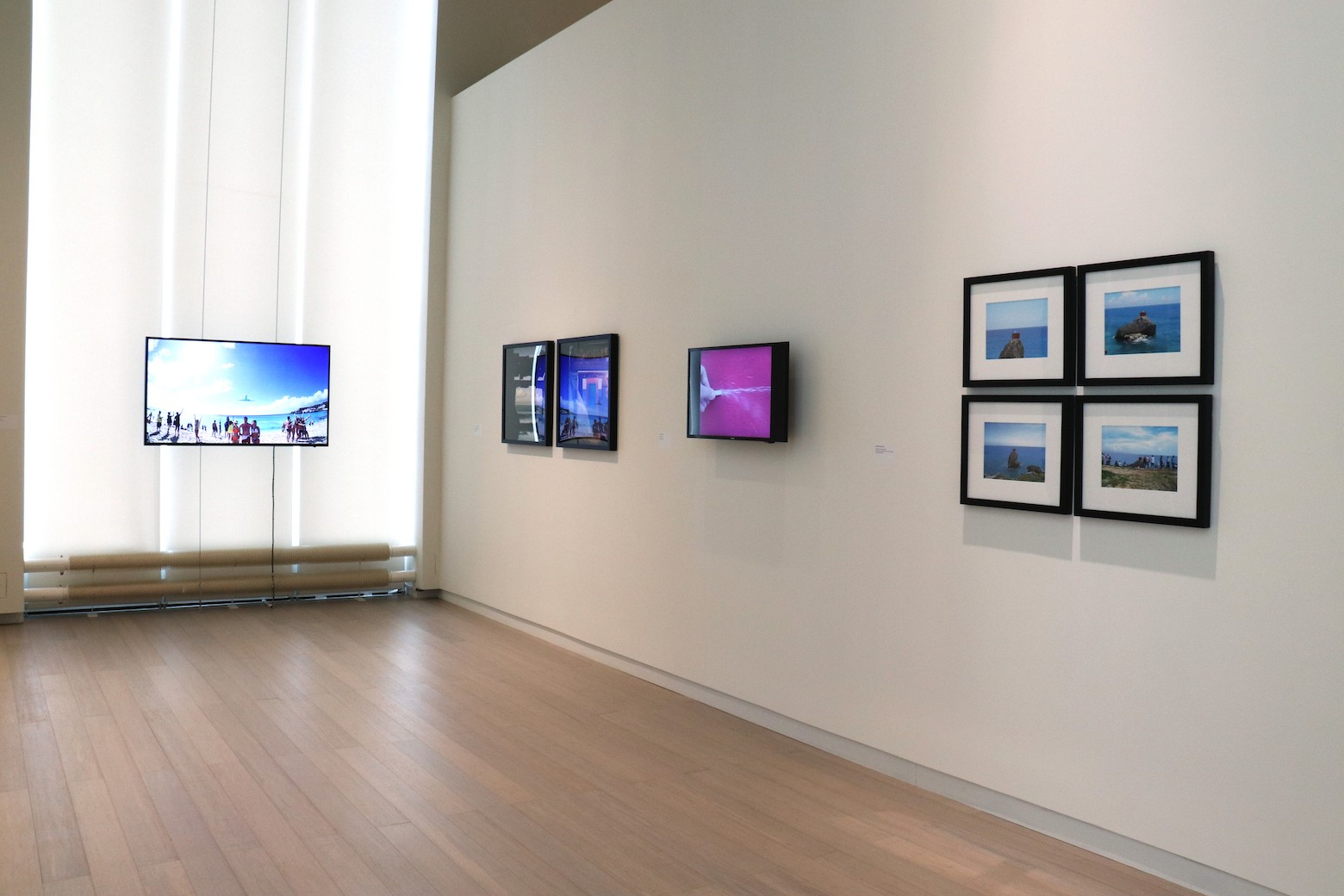
Copyright for artworks visible in this image are held by the artists; the Wallach Art Gallery reserves copyright for the installation view.
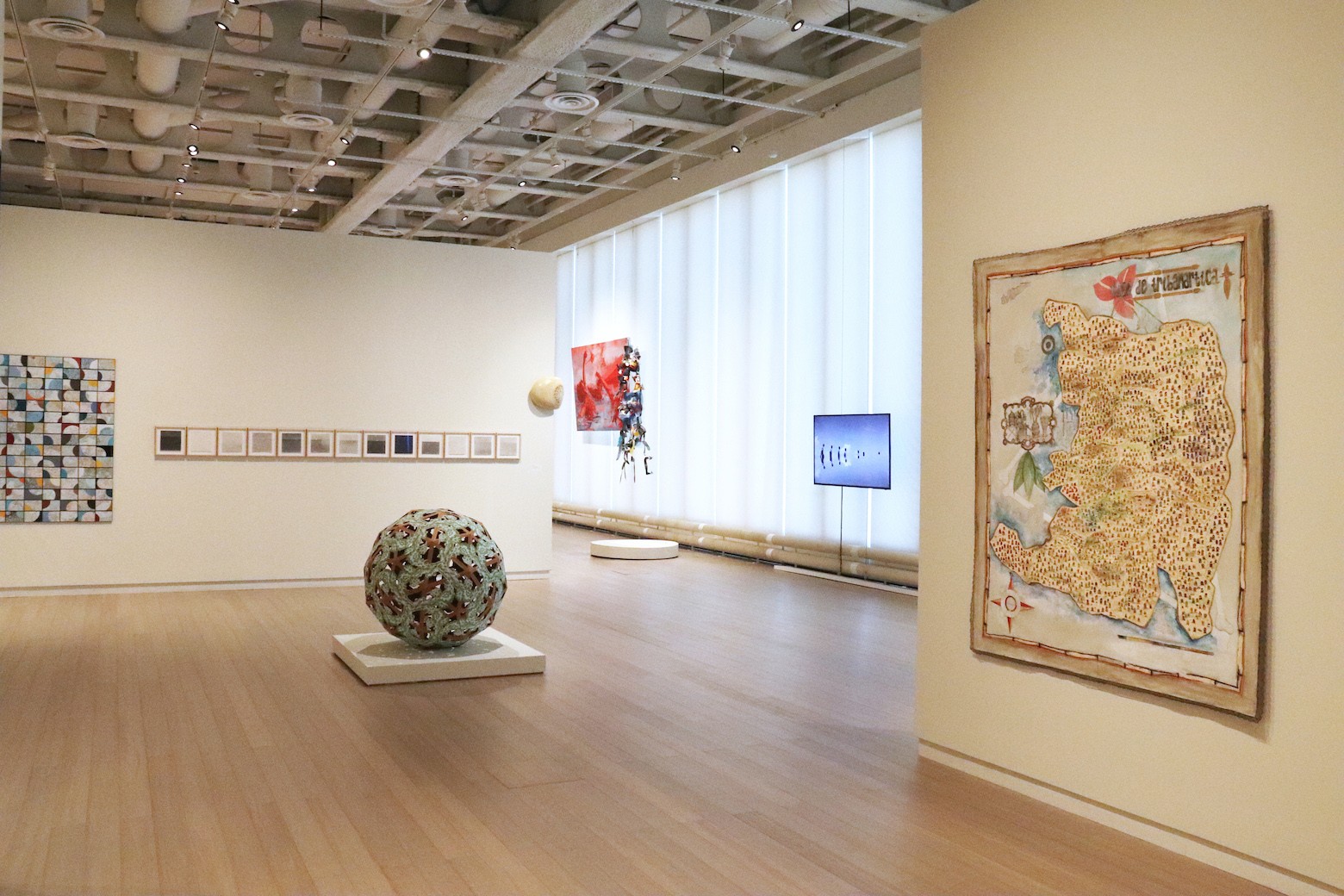
Copyright for artworks visible in this image are held by the artists; the Wallach Art Gallery reserves copyright for the installation view.
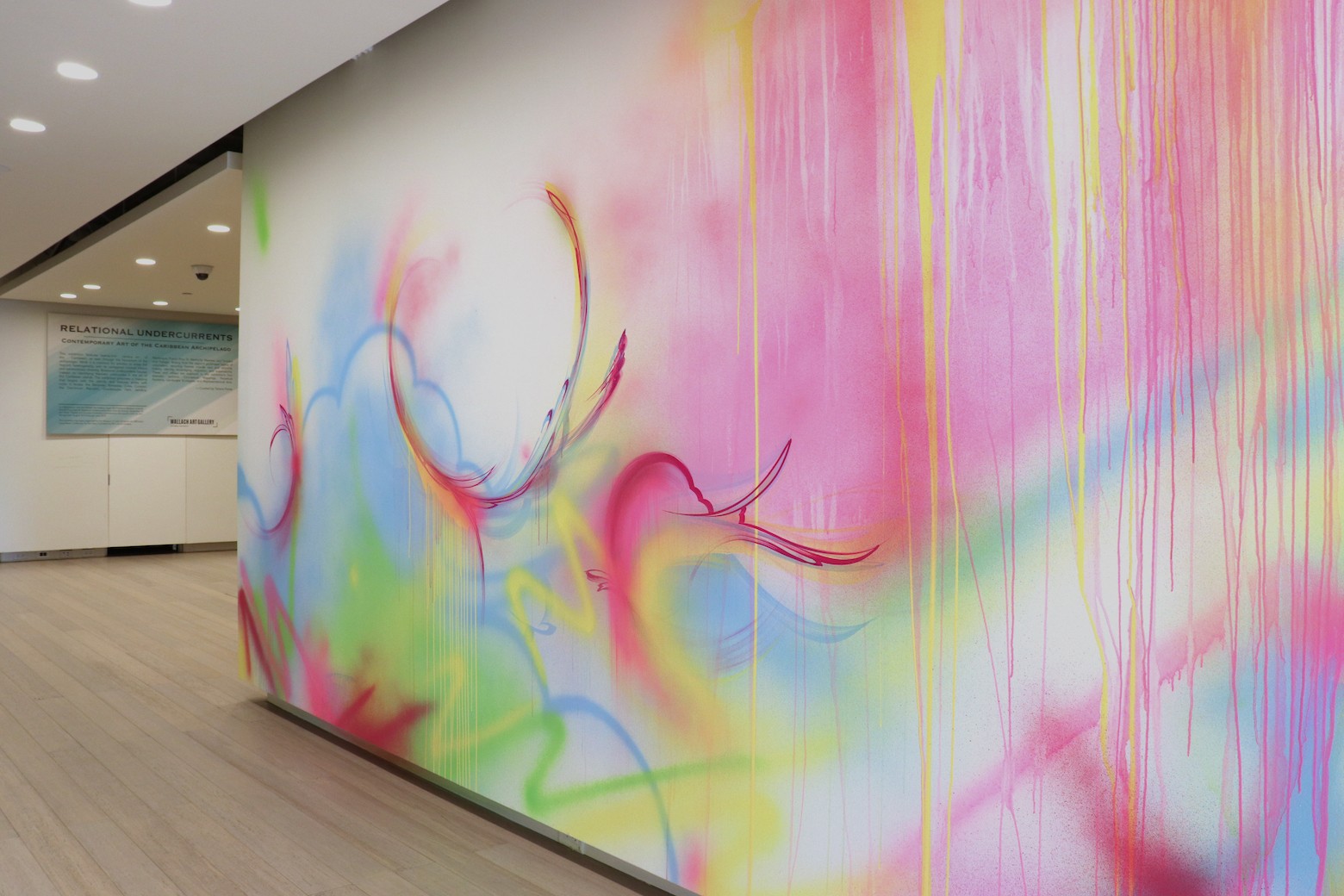
Copyright for artworks visible in this image are held by the artists; the Wallach Art Gallery reserves copyright for the installation view.
It is accompanied by a lavishly illustrated catalogue with essays by curators, critics, and scholars that discuss particular artistic traditions in Cuban, Puerto Rican, Dominican, and Haitian art, and theorize the broader decolonial and archipelagic conceptual frameworks within which such works are produced. The catalogue is coedited by Flores and Michelle Ann Stephens, Professor of English and Latino and Caribbean Studies at Rutgers University, New Brunswick. Stephens is coeditor of Archipelagic American Studies, also published by Duke University Press.
Also on view at Sugar Hill Children's Museum of Art and Storytelling from June 28 to September 23, 2018 located at St. Nicholas Ave & 155th Street (sugarhillmuseum.org).
Artists on view at the Wallach:
Elia Alba, Allora & Calzadilla, Ewan Atkinson, Nicole Awai, David Bade, René Emil Bergsma, Samir Bernárdez, Jorge Luis Bradshaw, Ernest Breleur, Charles Campbell, María Magdalena Campos-Pons, Tony Capellán, Fermín Ceballos, Vladimir Cybil Charlier, Camille Chedda, Nayda Collazo-Llorens, Natusha Croes, Tony Cruz, Blue Curry, Maksaens Denis, Jean-Ulrick Désert, Humberto Díaz, Edouard Duval-Carrié, Jeannette Ehlers, Edgar Endress with incarcerated Haitians, Sofía Gallisá Muriente, Lilian Garcia-Roig, Maria Elena González, Andil Gosine, Marlon Griffith, David Gumbs, Quisqueya Henríquez, Sasha Huber, Charles Juhasz-Alvarado, Jean-Luc de Laguarigue, Marc Latamie, Glenda León, Sofia Maldonado, Carlos Martiel, María Martínez-Cañas and Kim Brown, Jason Mena, Ibrahim Miranda, Kishan Munroe, Angel Otero, Raquel Paiewonsky, Lynn Parotti, Manuel Piña, Jorge Pineda, Barbara Prézeau, Jimmy Robert, Glenda Salazar Leyva, Beatriz Santiago Muñoz, Nyugen Smith, Lisa C Soto, Ellen Spijkstra, Sandra Stephens and David Sansone, and Didier William.
Artists on view/also on view at the Sugar Hill Children’s Museum:
Firelei Báez, Christopher Cozier, Ricardo de Armas, Humberto Díaz, Jeannette Ehlers, Frances Gallardo, Scherezade Garcia, Marlon Griffith, Adler Guerrier, Quisqueya Henríquez, Nadia Huggins, Karlo Andrei Ibarra, Deborah Jack, Miguel Luciano, Jason Mena, Manuel Piña, Marianela Orozco, Charo Oquet, Fausto Ortiz, Ebony G. Patterson, Beatriz Santiago Muñoz, Roberto Stephenson, Juana Valdes, and Limber Vilorio.
Joiri Minaya will create a site-specific installation at Miller Theatre at Columbia University, August 2018–June 2019.

